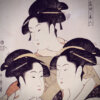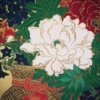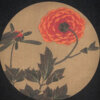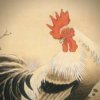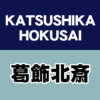Araki Kanpo : Famous Master of Japanese Paintings As a Professional of Peacocks Paintings
Araki Kanpo was a master of Japanese painters, who lived from the end of the Edo period to the Meiji era. He was good at flower-and-bird paintings, which were created by traditional Chinese brushwork, mixed with realism which he cultivated in Western paintings.
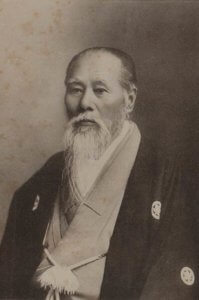
One of his outstanding works is the “Peacock painting,” which he exhibited at the Third Naikoku Kangyō Hakurankai exhibition held in 1890. It took honor to be received the Second Prize of Virtuosity and be purchased by the Imperial Household Agency, and he started to attract attention after his 60 years old.
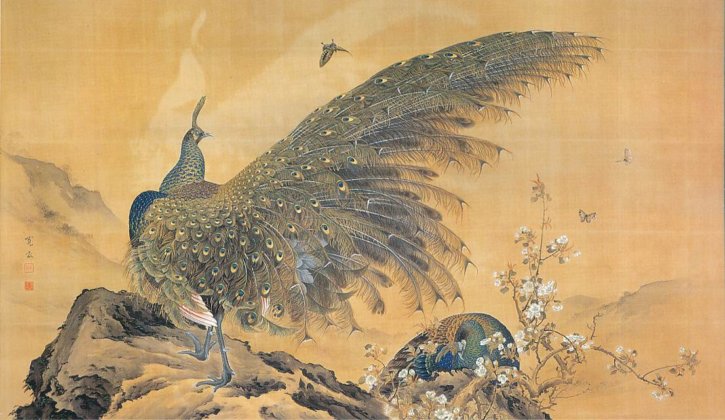
From the two peacocks, painted in dense colors and elaborate depictions, the high level of Araki Kanpo’s skill can be seen. Araki Kanpo’s teacher was Araki Kankai, but it is said that Kanpo was also influenced by a master of peacock paintings, Okamoto Shūki, who frequented Kankai at the time. From this work, we can feel the influence from the peacocks with dynamism that is about to move. From the depiction of the rocky area, painted in close view while incorporating perspective, the traditional brushwork of Japanese painting can be seen. It can be said as a masterpiece which was skillfully combined of both Japanese paintings and Western paintings. In addition to this work, Araki Kanpo drew many other peacock paintings and was awarded many prizes at exhibitions. Kanpo can be said as a “professional of peacock paintings.”
After the “Tokyo Art School Riot” happened in 1898, Araki Kanpo assumed professor as successor of Hashimoto Gahō and worked hard to train the next generation of artists. His pupils included Araki Jippo, Ikegami Shūho, Nishizawa tekiho, and others.

